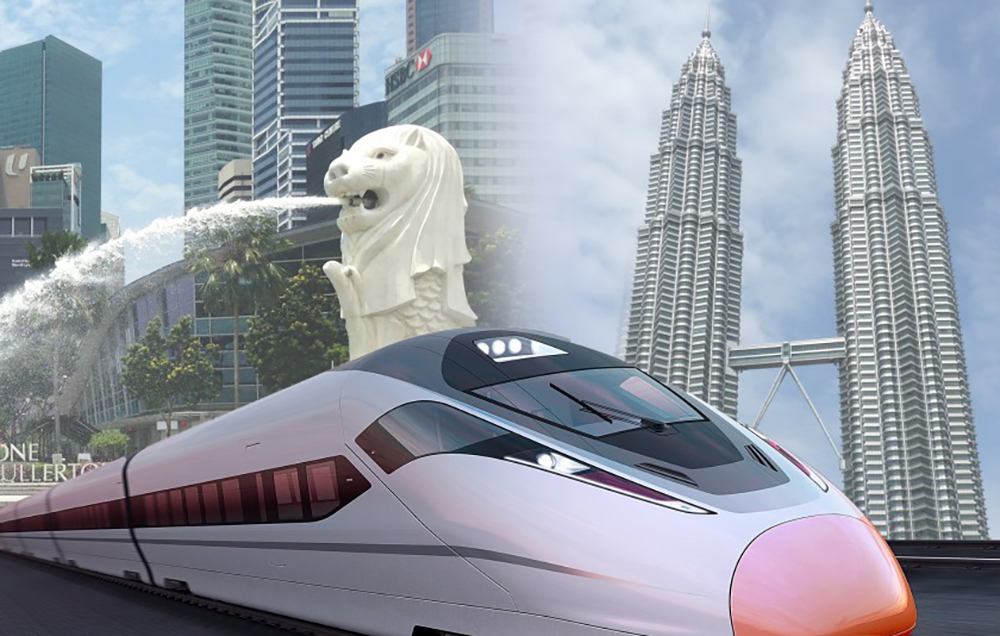Malaysia Prime Minister Mahathir Mohamad said on May 30 he will reconsider the Kuala Lumpur-Singapore High Speed Rail (HSR) project that has been tentatively cancelled.
This comment came after Malaysia had unilaterally decided to drop the project just days earlier, citing a lack of money-making prospects.
However, when asked if he would reconsider should Singapore request for the project’s continuation, Mahathir replied: “We will listen to them. They are our good partners.”
Pros and cons
So far, the pros and cons of proceeding with the HSR has been touched upon in brief by the media that is more inclined to report on the latest status update of the project's tentativeness.
So, here is how the pros and cons compare.
HSR doesn't make sense
• With Malaysia’s current fiscal issues, and more pressing transportation needs, the HSR is not the most necessary project to undertake.
• The economic benefits depend a lot on construction costs, population density, route length and ticket pricing.
• HSR’s supporters are projecting that 22 million people will ride the line by 2036, but the fact is that between March 2017 and February 2018, some four million people flew the Singapore-Kuala Lumpur route.
• So, even with half those numbers at 11 million, HSR's current projection is unrealistic.
• More than 30,000 flights already operate per year between Singapore and KL, most of which are operated by low-cost airlines, where the cost can be less than S$130 per round-trip.
• All HSR in the world are built with government money because such networks are multi-billion-dollar mega-projects that operate local monopolies, which makes them only able to pay for themselves by adopting certain strategies, such as making tickets more expensive.
• But for Singapore-Kuala Lumpur to avoid being a long-term fiscal burden, it’d presumably need to follow Japan’s model, which would inevitably limit ridership from the lower-income Malaysian side.
• Though it won’t be cheap, it’ll be less expensive than the RM110 billion that Mahathir claims HSR could cost.
• There will be significant emissions associated with building the HSR, from raw materials to the actual process of construction.
• One 2012 study posited that a HSR line needs roughly 10 million annual one-way trips to make sense.
• Moreover, for the reduction to be meaningful, most traffic must be diverted from air travel, and tunnels can’t be used extensively in construction.
HSR makes sense
• Singapore-Kuala Lumpur has overtaken Hong Kong-Taipei as the world’s busiest international air route.
• The potential travel time of rail can supplant aviation, which would help free up space at both cities' airports.
• There will be huge reductions in carbon dioxide emissions by cutting down flights.
• Ticket prices can be kept below S$130 per round trip, but that price will require subsidies.
• If the project’s estimates of 22 million passengers a year is cut by half, it would still have as much traffic as the London-Paris Eurostar.
• HSR would help develop a densely populated corridor along Malaysia’s southwest coast that already carried 7.5 billion passenger-kilometers on road and air in 2011.
• A functional HSR will produce one-fiftieth of the emissions, without taking into account the emissions of building it.
[related_story]
H/T Bloomberg
If you like what you read, follow us on Facebook, Instagram, Twitter and Telegram to get the latest updates.
